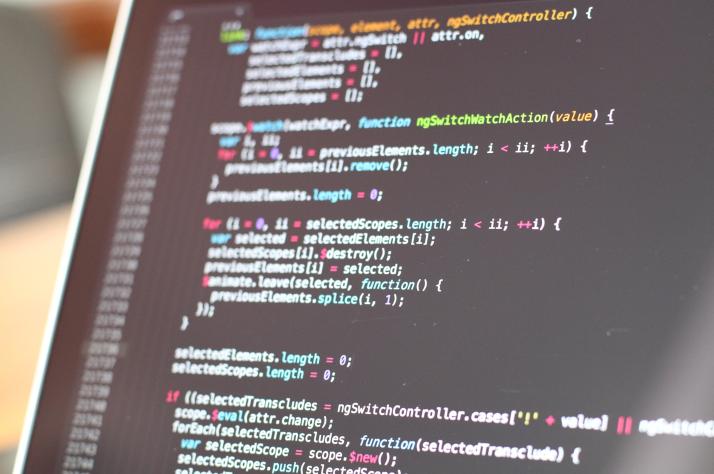Golang, also known as Go, is a programming language that has gained popularity in recent years due to its simplicity, efficiency, and concurrency features. One of the essential components of any programming language is its control structures. In this blog, we will explore the different control structures available in Golang and how to use them effectively.
If/Else
The if/else control structure is used to make decisions based on a condition. In Golang, the syntax for if/else is straightforward:
if condition {
// code to be executed if the condition is true
} else {
// code to be executed if the condition is false
}
For example:
age := 25
if age >= 18 {
fmt.Println("You are an adult.")
} else {
fmt.Println("You are a minor.")
}
Switch
The Switch control structure is used to select one of many code blocks to be executed. In Golang, the syntax for Switch is:
switch expression {
case value1:
//code to be executed if expression == value1
case value2:
//code to be executed if expression == value2
default:
//code to be executed if expression is not equal to any of the values
}
For example:
dayOfWeek := "Monday"
switch dayOfWeek {
case "Monday":
fmt.Println("Today is Monday.")
case "Tuesday":
fmt.Println("Today is Tuesday.")
default:
fmt.Println("Today is not Monday or Tuesday.")
}
For Loop
The For loop control structure is used to repeat a block of code until a condition is met. In Golang, there are two types of For loops: the traditional For loop and the range-based For loop.
a. Traditional For Loop:
for initialization; condition; increment/decrement {
//code to be executed repeatedly
}
For example:
for i := 0; i < 5; i++ {
fmt.Println(i)
}
b. Range-based For Loop:
The range-based For loop is used to iterate over arrays, slices, maps, or strings.
for index, value := range collection {
//code to be executed repeatedly
}
For example:
numbers := []int{1, 2, 3, 4, 5}
for index, value := range numbers {
fmt.Printf("Index: %d, Value: %d\n", index, value)
}
Break and Continue
The Break and Continue statements are used to modify the flow of control in a loop. The Break statement is used to terminate the loop early, while the Continue statement is used to skip over an iteration of the loop.
for i := 0; i < 10; i++ {
if i == 5 {
break //terminate the loop
}
if i%2 == 0 {
continue //skip this iteration of the loop
}
fmt.Println(i)
}
In conclusion, Golang provides a wide range of control structures to make programming more efficient and readable. By understanding and using these control structures effectively, you can write cleaner and more maintainable code.


Comments